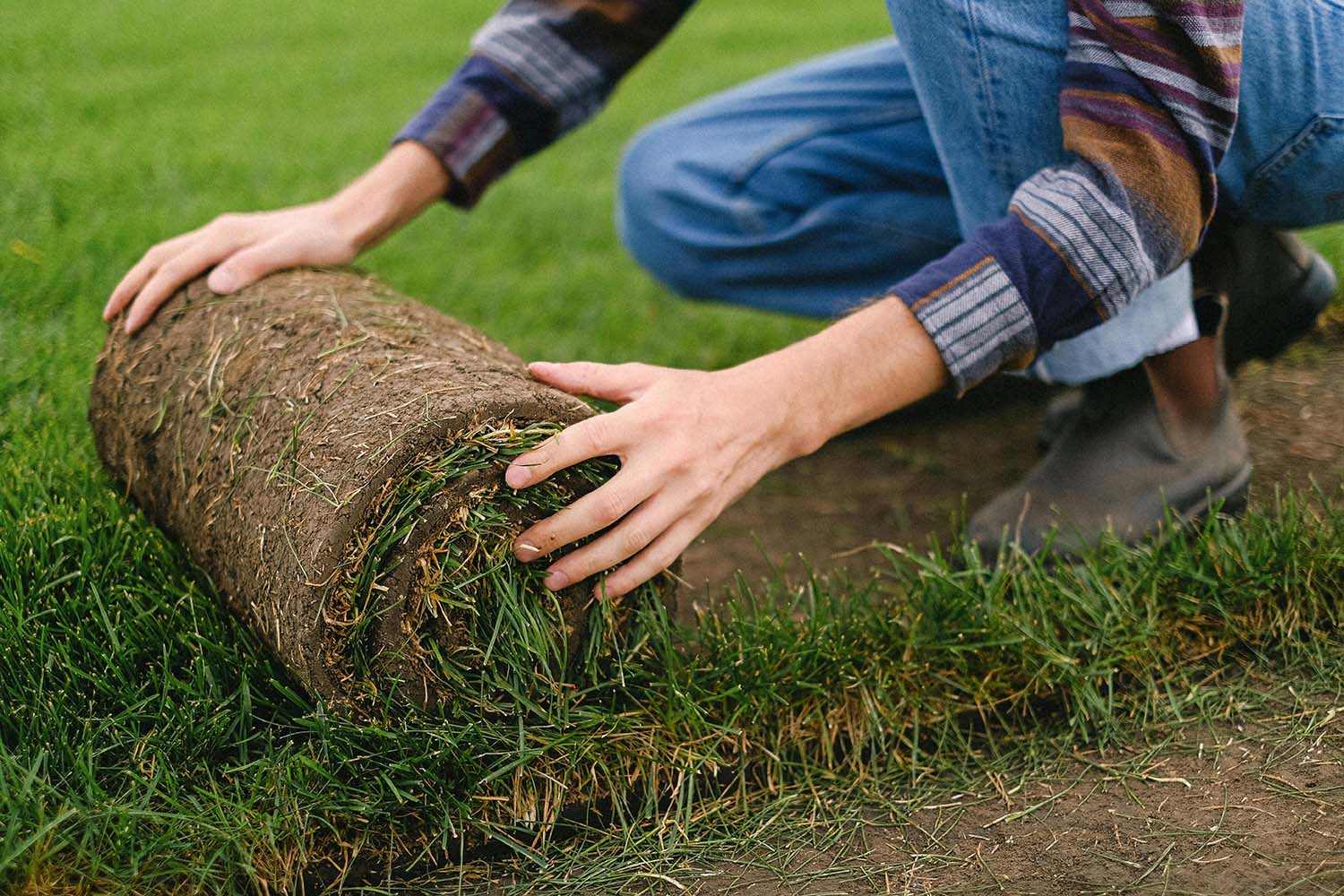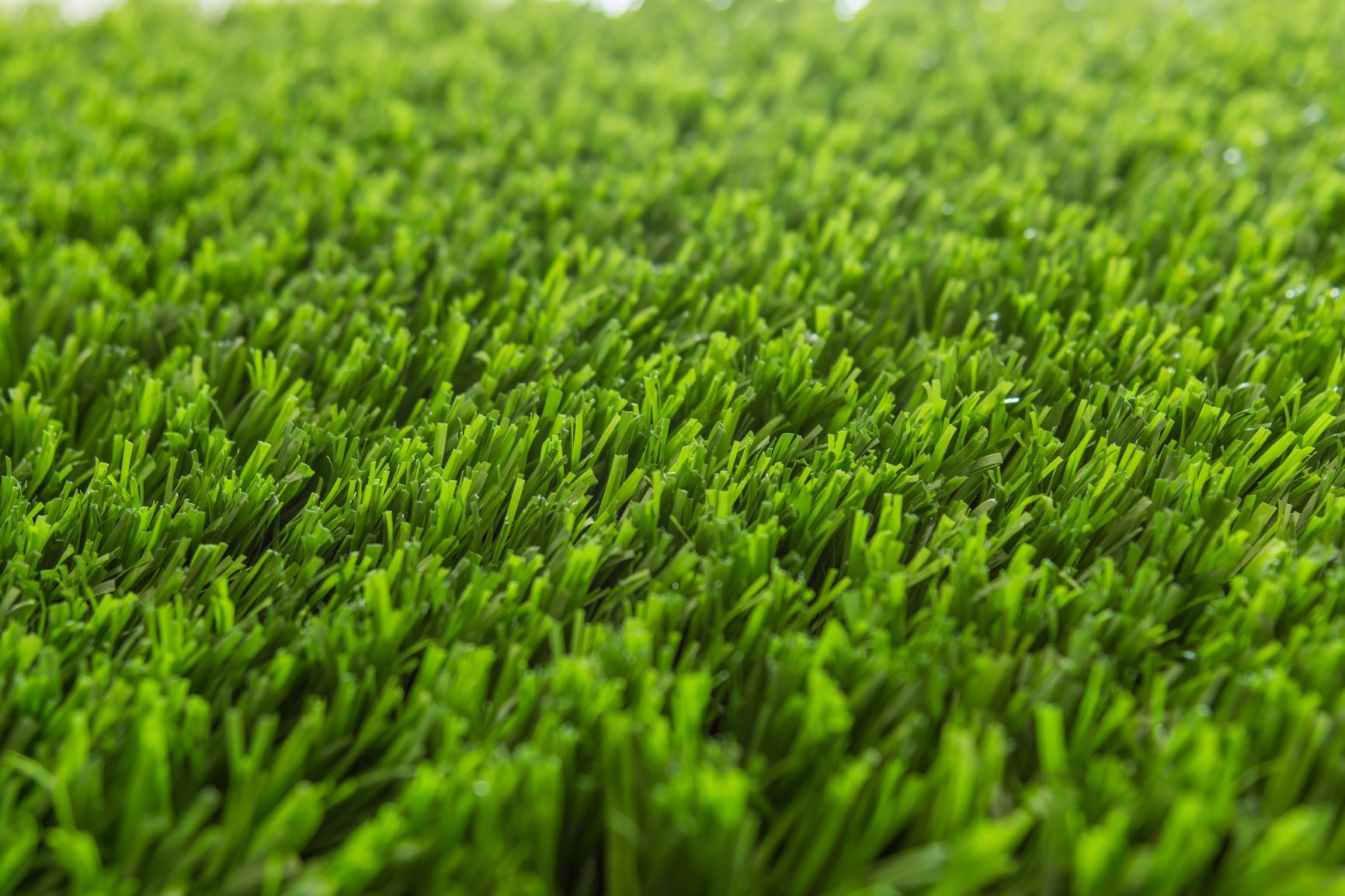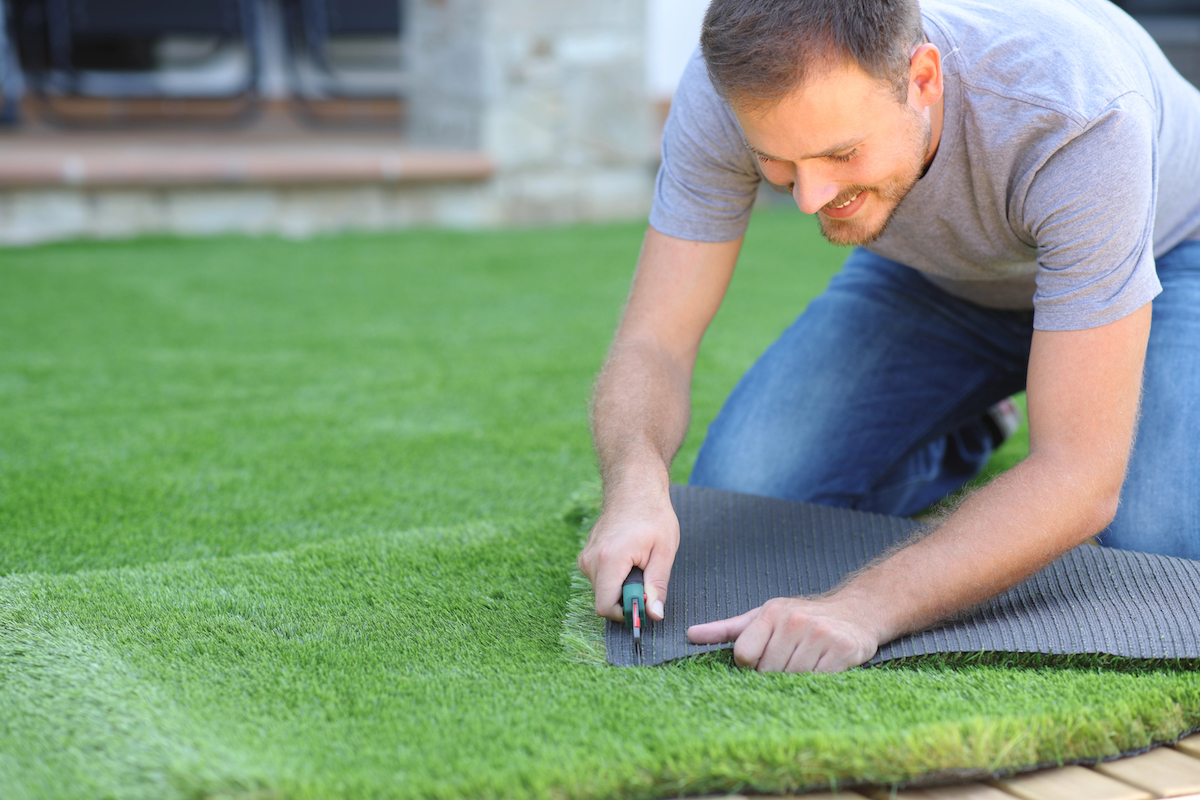Skilled Arizona Turf Installation Services for Residential and Business Use
Explore the Environmental Advantages of Opting for Synthetic Grass Solutions
The adoption of fabricated lawn remedies provides a compelling opportunity to address pushing environmental obstacles. By dramatically minimizing water usage and lessening the application of unsafe chemicals, these alternatives not just promote sustainable landscape design however additionally shield regional communities. In addition, the lower carbon footprint related to decreased upkeep tasks adds to an extra lasting method to land monitoring. The ramifications of these benefits prolong beyond mere preservation initiatives, raising inquiries concerning their long-term influence on environment preservation and total environmental equilibrium. Exploring these measurements exposes a complex interaction worth taking into consideration.
Water Conservation Benefits
One of the most considerable benefits of artificial lawn is its capacity to preserve water. In contrast, synthetic grass does not require watering, considerably minimizing the total demand for water sources.
By eliminating the demand for normal watering, synthetic grass adds to lasting landscape methods and helps mitigate the environmental influence of too much water usage. In addition, the conservation of water reaches the decrease of runoff, which can result in dirt disintegration and waterway contamination.
Furthermore, the installment of synthetic lawn permits municipalities and home owners to allot water sources a lot more efficiently, concentrating on essential uses such as drinking water and agriculture. The change towards synthetic grass not just advertises liable water use but additionally straightens with wider ecological objectives aimed at maintaining natural deposits.
As areas significantly focus on sustainability, the water conservation advantages of artificial turf present an engaging case for its fostering in industrial and household landscaping projects.
Minimized Chemical Use
The shift to synthetic lawn significantly reduces the reliance on chemical therapies commonly made use of in all-natural yard maintenance. Traditional lawn management usually entails the application of herbicides, chemicals, and plant foods to promote growth and control insects. These chemicals can pose dangers to human wellness, neighborhood wildlife, and the environment, adding to dirt and water contamination.
In contrast, man-made lawn removes the requirement for these hazardous substances. By reducing the launch of synthetic substances into the community, artificial grass promotes healthier soil and water systems.
In addition, the absence of chemical drainage connected with synthetic grass installments aids shield regional rivers from air pollution, supporting marine life and maintaining biodiversity. Arizona artificial turf. As neighborhoods significantly focus on sustainable methods, choosing for fabricated lawn provides a feasible service that straightens with ecological preservation goals. With this change, building owners can delight in lavish environment-friendly spaces without jeopardizing ecological health, leading the way for a more lasting future
Lower Carbon Impact

Furthermore, the installment of synthetic grass can lead to substantial water conservation. All-natural grass call for significant quantities of water for irrigation, which not only adds to the carbon impact connected with water removal and therapy but likewise strains regional water resources. In contrast, synthetic grass needs minimal upkeep, needing no watering, therefore considerably decreasing water use and its associated power prices.
Furthermore, the durability of man-made grass adds to its reduced carbon effect. With a life-span of up to 15 years or more, the need for constant replacements is diminished, leading to less waste and lower power consumption in production and throwing away conventional grass alternatives. On the whole, synthetic turf provides a lasting option like it for eco conscious landscaping.
Habitat Preservation
Environment preservation is an essential factor to consider in the discussion over landscaping choices, specifically when contrasting synthetic grass to all-natural yard. Natural yard yards frequently require considerable maintenance, including making use of pesticides, herbicides, Arizona turf and plant foods, which can adversely affect local ecological communities. These chemicals can leach into the soil and rivers, damaging native flora and fauna and interrupting local environments.
Synthetic lawn gets rid of the requirement for harmful chemicals, consequently protecting close-by wildlife and maintaining the honesty of surrounding ecological communities. The installation of man-made turf can lead to the conversion of previous yard locations into more biodiverse landscapes, such as pollinator gardens or indigenous plant locations, which can support local wildlife.
Ultimately, the change to synthetic grass not only saves water and reduces upkeep efforts yet likewise promotes a much more unified relationship between human tasks and the natural surroundings, advertising habitat conservation in the process.
Long-Term Sustainability
Long-lasting sustainability is a critical element in reviewing the advantages of man-made turf over standard yard yards. One of one of the most considerable advantages of synthetic grass is its resilience; it can last as much as 15-20 years with marginal maintenance, whereas all-natural yard calls for regular reseeding and substitute. This longevity decreases the need for continuous sources, such as water, fertilizers, and chemicals, which are essential for preserving a healthy and balanced turf lawn.
Additionally, fabricated turf adds to a decrease in carbon discharges associated with lawn treatment devices. Conventional grass typically require gas-powered mowers, leaners, and blowers, every one of which add to air pollution. Phoenix turf companies. On the other hand, artificial turf eliminates the requirement for such devices, promoting a cleaner environment
Furthermore, the production of synthetic lawn increasingly makes use of recycled materials, improving its sustainability profile. As suppliers take on green techniques, the ecological footprint of synthetic grass remains to lessen.

Final Thought
The fostering of synthetic grass remedies provides considerable ecological advantages, including significant water preservation, lowered dependence on harmful chemicals, and a lower carbon footprint. Man-made lawn help in maintaining all-natural environments by minimizing land disturbance and promoting lasting sustainability via the use of long lasting materials. Jointly, these factors underscore the capacity of synthetic grass to contribute positively to environmental health and provide a viable choice to standard landscape design techniques in an increasingly resource-conscious globe.
In contrast, fabricated lawn does not need watering, considerably lowering the overall demand for water resources. By reducing home the launch of artificial compounds into the ecosystem, man-made turf advertises healthier dirt and water systems.
Furthermore, the setup of man-made lawn can result in substantial water conservation. In contrast, synthetic turf needs very little maintenance, needing no watering, thereby dramatically minimizing water usage and its associated power expenses.
